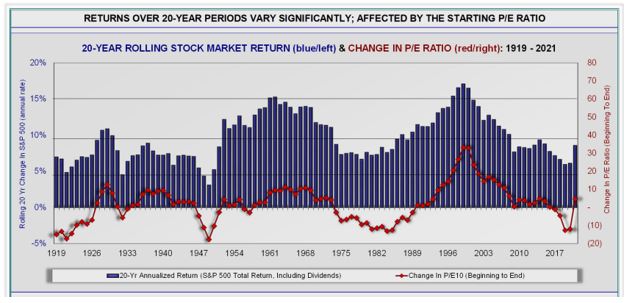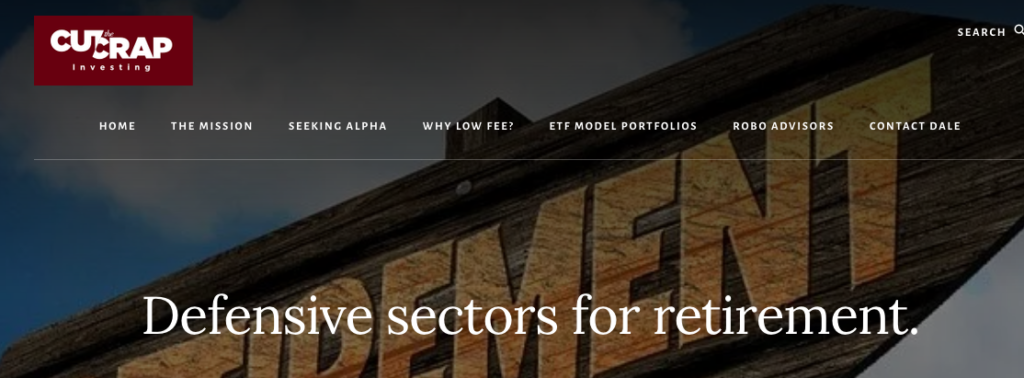By Dale Roberts, cutthecrapinvesting
Special to Financial Independence Hub
The first home savings account goes live on April 1, 2023. [It was confirmed in Tuesday’s 2023 federal budget.] The FHSA is a program to help first time home buyers save for a home, in tax-free fashion. The program can be used on top of the current Home Buyers Plan (HBP) that is part of the RRSP savings vehicle. We can also throw in the Tax Free Savings Account (TFSA) for ways that Canadians can save in tax-free or tax-deferred fashion. The first home savings plan is a wonderful addition to the Canadian saving and investing landscape.
Here’s the government of Canada link for the first home savings plan.
And here is a simple overview from TD Bank.
And special thanks to financial planner Mark McGrath for his tweets and help. Mark is a Wealth Advisor at Wellington-Altus Private Wealth.
Be sure to follow Mark on Twitter. He often provides wonderful insights on financial planning basics, and is always happy to answer questions.
What is the first home savings account?
The First Home Savings Account is a type of registered savings plan for Canadians saving to buy their first home. Canadian residents aged 18 years or older can open an FHSA to save towards the purchase of a home in Canada.
There are limits to how much you can put in your FHSA:
- $8,000 – yearly contribution limit
- $40,000 – lifetime contribution limit

Contribution amounts are tax deductible, just like the RRSP program. They will reduce the amount of income taxes that you will pay. The annual contribution limit would apply to contributions made within a particular calendar year. Unlike RRSPs, contributions made within the first 60 days of a given calendar year can not be attributed to the previous tax year.
Contribution room carries forward to the next year if you don’t put in the full amount. Carry-forward amounts only start accumulating after you open an FHSA for the first time. The carry-forward room does not automatically start when you turn 18.
An individual would be allowed to carry forward unused portions of their annual contribution limit up to a maximum of $8,000. For example, an individual contributing $5,000 to an FHSA in 2023 would be allowed to contribute $11,000 in 2024 (i.e., $8,000 plus the remaining $3,000 from 2023).
Who can open a first home savings account?
To open an FHSA, an individual must be a resident of Canada and at least 18 years of age. In addition, an individual must be a first-time home buyer, meaning you cannot have lived in a home that you or a spouse/common-law partner owned in the current year or the previous 4 calendar years. And you can only use the FHSA once.
Combine FHSA with the RRSP home buyer’s plan
As you may know you can remove up to $35,000 from an RRSP account to be used for a first time home purchase. It’s called the Home Buyer’s Plan (HBP). You can use monies from both the HBP and the FHSA for that first home purchase. You can combine amounts.
There is no limit to how much you can use from your first home savings plan. Meaning, for your first home purchase.
What can you hold in an FHSA?
An FHSA can hold savings or investments. The same qualified investments that are allowed to be held in a TFSA can also be held in an FHSA. This could include ETFs, stocks, mutual funds, bonds, savings accounts and GICs.
What if you don’t use the FHSA funds for a home purchase?
Any savings not used to purchase a qualifying home could be transferred on a tax-free basis into an RRSP or Registered Retirement Income Fund (RRIF) or would otherwise have to be withdrawn on a taxable basis. Individuals that make a qualifying withdrawal could transfer any unwithdrawn savings on a tax-free basis to an RRSP or RRIF until December 31 of the year following the year of their first qualifying withdrawal.
Withdrawals that are not qualifying withdrawals would be included in the income of the individual making the withdrawal. Financial institutions would be required to collect and remit withholding tax on non-qualifying withdrawals, consistent with the treatment applicable to taxable RRSP withdrawals.
Transferring your FHSA to your RRSP or RRIF
Your FHSA must be closed by December 31st on the soonest of:
a) the 15th year after you open it
b) the year you turn 71
c) the year following the year of your qualified home purchase The balance can be taken as taxable cash or rolled over, tax-deferred, to your RRSP. Continue Reading…









